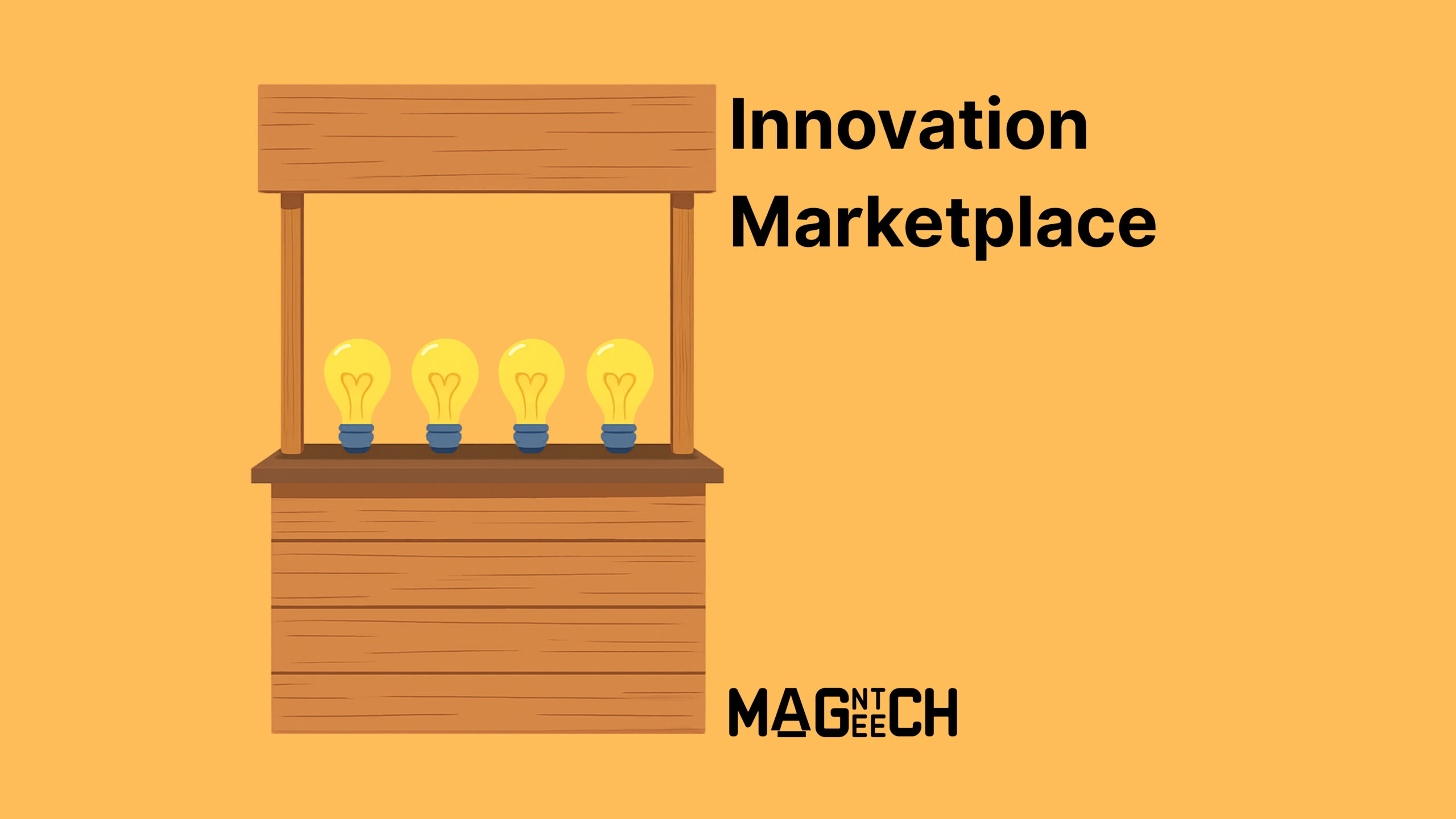There’s a quiet marketplace humming beneath our everyday apps and supply chains — one where ideas, prototypes, and research collide with companies hungry for practical solutions. Call it an innovation marketplace, an open innovation platform, or an innovation management ecosystem — these digital spaces are quietly changing how products are born, how R&D is bought, and how small teams scale into market-ready businesses. Below I explain what these marketplaces are, why they matter now, and how they’re reshaping the economics of invention.
What exactly is an innovation marketplace?
At its core, an innovation marketplace is a platform that connects problem-owners (companies, governments, labs) with problem-solvers (startups, researchers, freelancers, agencies). Instead of a closed R&D cycle, organizations post challenges or listings and a distributed network of solvers responds with ideas, prototypes, or licensed technology. The platform acts as matchmaker, marketplace, and often escrow/validation layer all in one.
This model includes a spectrum of formats: challenge-driven sites (crowdsourcing contests), brokered marketplaces (technology licensing and scouting), and curated product launch hubs that help startups reach buyers. Big-name examples and long-standing platforms — such as InnoCentive, Yet2, OpenIDEO and Amazon Launchpad — illustrate the variety: some focus on crowdsourced problem solving, others on tech transfer and product discoverability.
Why now? Three forces accelerating the trend
First, innovation itself has grown more expensive and specialized. Many breakthroughs now require cross-disciplinary expertise and costly equipment, making it impractical for a single company to own every capability in-house. Open networks let firms tap external expertise without building it themselves. This is a foundational idea in modern “open innovation” theory. 
Second, digital platforms and data tooling make matching feasible at scale. Algorithms, richer profiles, and better validation tools mean platforms can connect the right buyer and solver faster than older broker models. The result: shorter sourcing cycles and a lower cost to test ideas.
Third, market evidence shows investment in the tooling that supports external collaboration is growing. Multiple market research reports track the expansion of innovation management and open innovation software — the software layer that power these marketplaces — with compound annual growth rates in the high single- to low double-digits across the next decade. That growth signals both demand and investor confidence.
How innovation marketplaces change the economics of invention
Traditionally, R&D acted as a closed cost center: companies hired labs and kept IP inside. Innovation marketplaces turn many parts of that model into variable, market-priced activities.
First, risk is distributed. Instead of funding entire exploratory research teams, companies can post precise problems or procurement requests and pay only for working solutions or licensing deals. This reduces sunk costs and allows for parallel experimentation at lower marginal cost.
Second, discoverability increases demand for otherwise “hidden” solutions. Startups and researchers who lack sales networks suddenly get exposure to real buyers. Amazon Launchpad is an extreme example on the product side: since its launch, it has given thousands of startups access to Amazon’s large buyer base, accelerating commercialization for many fledgling brands. 
Third, marketplaces create new revenue channels for IP. Universities, labs and inventors can monetize ideas through licensing, challenges, or paid proof-of-concept arrangements. Intermediaries such as yet2 and similar brokers have existed for years precisely to translate lab outputs into commercial opportunities.
Real benefits for buyers and innovators — with real caveats
For buyers (companies, procurement teams), the benefits are clear: faster access to solutions, broader choice, and the ability to test multiple approaches concurrently. For innovators (startups, researchers), marketplaces offer visibility, lower go-to-market friction, and access to corporate budgets that might otherwise be unreachable.
But marketplaces are not a magic bullet. Quality control is a persistent challenge: buyers still need robust evaluation processes, and innovators must present validated, well-documented work to cut through noise. Platform governance — how IP, payments, and confidentiality are handled — also matters, which is why many mature platforms include NDAs, escrow, and staged payments. Academic and industry research continues to show that success depends on good problem definition, careful curation, and mutual incentives aligned between parties.
Where companies should start (practical roadmap)
If you’re a buyer thinking about using an innovation marketplace, begin small: define a narrowly scoped problem with measurable success criteria and a realistic reward or procurement pathway. That clarity attracts higher-quality solvers and speeds validation.
If you’re an innovator, treat your listing like a one-page pitch: highlight what’s validated, what’s needed to commercialize, and who the end customer is. Use keywords (product category, industry, technical readiness level) so your solution surfaces in searches — marketplaces are search-driven ecosystems.
Finally, treat the marketplace as a channel, not a full go-to-market strategy. Integration with sales, legal, and operations is necessary to turn matches into deployed solutions.
The bigger picture: a new, measurable “idea economy”
When you step back, innovation marketplaces are effectively creating a market price for solutions and R&D services that used to be invisible. As the infrastructure (platforms, validation tooling, rights management) matures, we’ll likely see more precise metrics: time-to-deal, average contract size, failure rate, and even marketplace-driven benchmarks for technical readiness. Market reports already point to rapid growth in the innovation management and open innovation software sectors — a signal that this hidden economy is becoming more visible and measurable.
Closing: From hidden to mainstream
Innovation marketplaces won’t replace all R&D or every sales channel. But they do something vital: they lower the transaction cost of discovery. That means more ideas find buyers, more labs see their inventions used, and firms can innovate faster without building every capability themselves. For companies willing to learn the rules of the game — how to post good problems, evaluate solutions, and structure deals — these platforms unlock a pragmatic path from idea to impact.

Leave a Reply